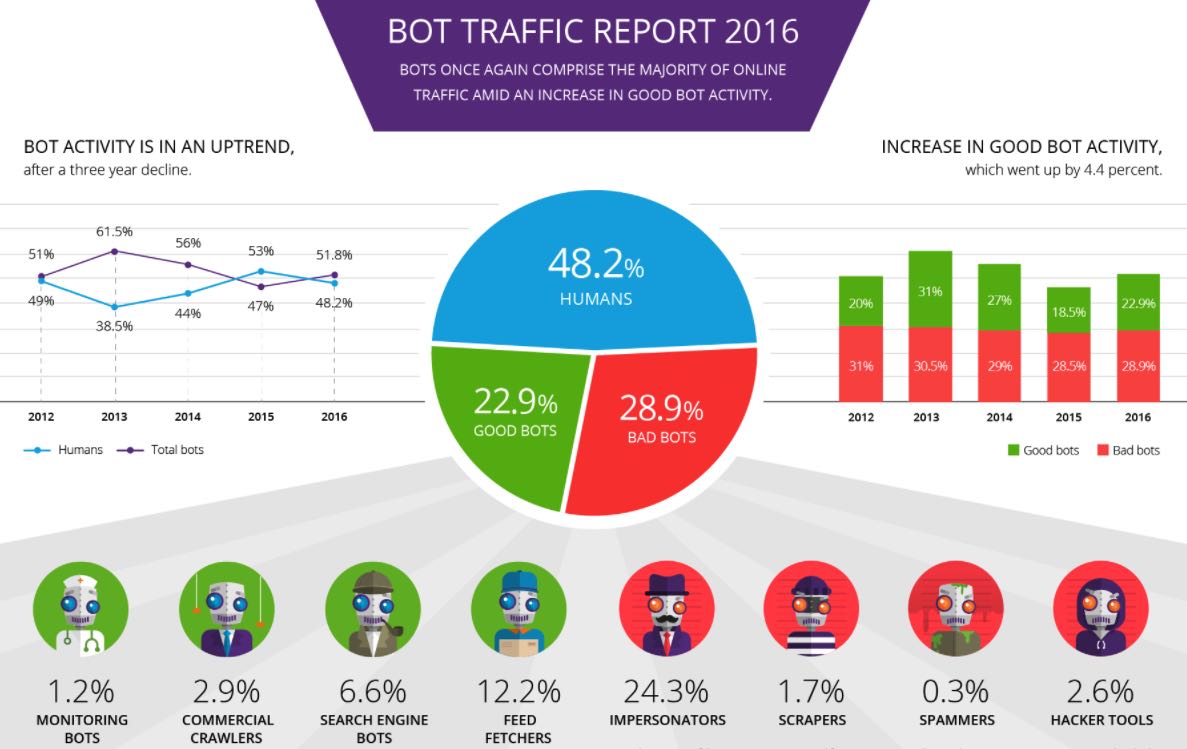Mastercard and Microsoft recently announced their latest collaboration—the Mastercard Track. The program is described as a distinct trade platform that can be used worldwide. It will reportedly simplify and automate payments between companies.
Payments are supposed to be a fundamental and essential aspect of any business transaction. However, a lot of companies struggle with late payments. These delays are caused by inefficiency most of the time and result in profit loss and the erosion of trust between the buyer and supplier.
Mastercard and Microsoft believe Track has the potential to solve this dilemma. The Track platform can automate and streamline procurement-to-payment procedures. Instead of having payments and invoices in separate systems, all data will be placed in one location. This will give companies improved visibility into their cash flow and help them to comply and conduct payments in a more efficient manner.
Mastercard said that Track builds on and augments the company’s range of innovation and B2B assets, including its card and account-to-account payment solutions, data analytics, payment gateway, and fraud management services. Meanwhile, Microsoft will provide its very own Azure cloud system to run the Track platform, thereby giving it the protection of the company’s strict security and compliance standards.
Mastercard Track will also be supported by a partnership comprised of nine procure-to-pay solutions companies and B2B networks – Basware, BirchStreet, Coupa, Ivalua, Jaggaer, Liaison Technologies, the Infor GT Nexus Commerce Network, Tradeshift, and the Tungsten Network.
Michael Froman, Mastercard’s vice chairman and head of strategic growth, said that Mastercard Track is a tool that will “help reduce frictions in the global trading system and promote increased exports—especially by small and medium-sized businesses.”
At the moment, companies have to navigate the various mechanisms that are currently in place for payments. Aside from that challenge, brands also have to deal with the lack of transparency and copious paper trail.
Mastercard and Microsoft say that all account-based, bank transfer, or card-based payment systems will be connected on Track. The platform will also integrate invoice information and purchase order and will streamline the back-office.
The platform is ideal for small to medium-sized businesses, especially ones involved in global exports. However, Track will also offer banks, B2B, insurance, and technology companies a business opportunity by providing value-added services. For instance, banks can give supply chain and trade loans on Track while technology brands can offer better data analytics.
[Featured image via Pixabay]
















